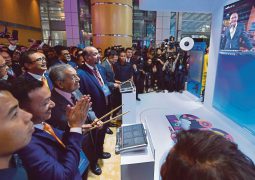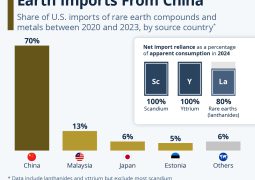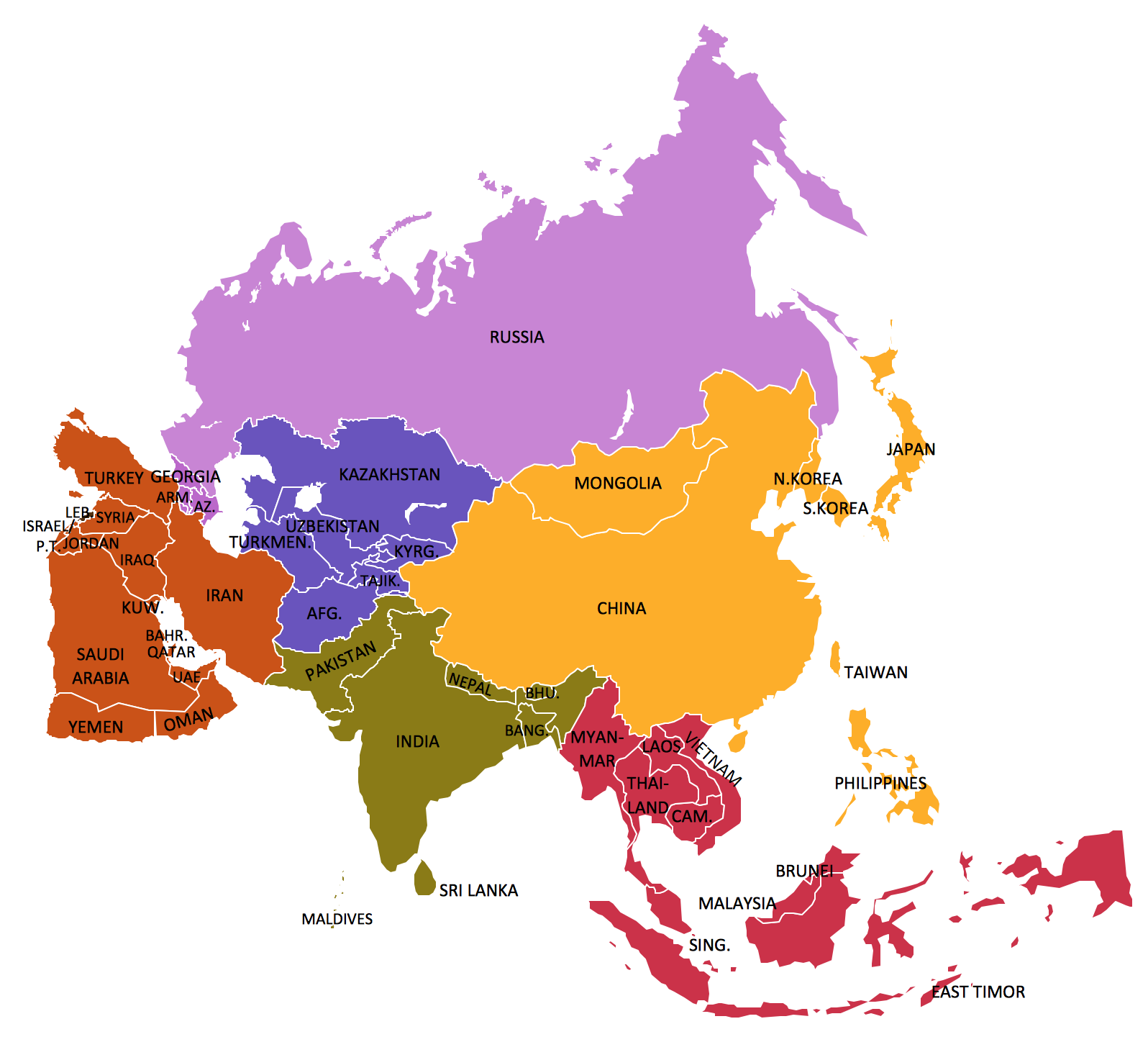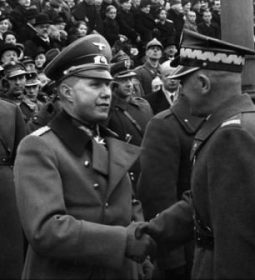Japan’s bullet 500 kph fastest train MLX01 model is already in 22nd century – driverless Tokio-Yamanashi line
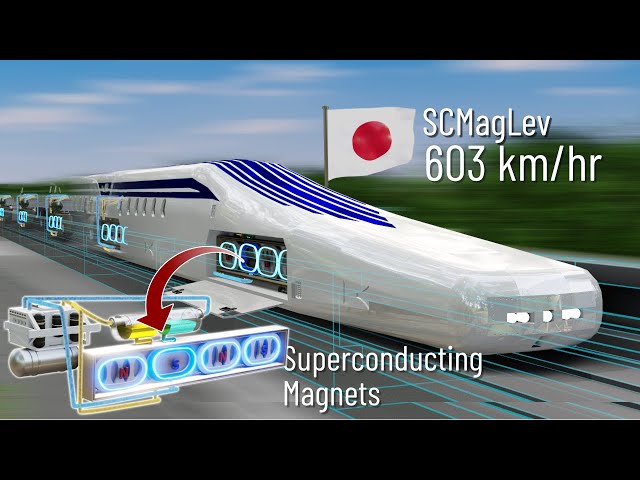
TSURU, Yamanashi Prefecture–Although railway construction issues have pushed back the scheduled start of the Linear Chuo Shinkansen Line, improvements on test cars and comfort levels appear to be proceeding smoothly.
The line using magnetic levitation (maglev) technology is now expected to start in 2035 at the earliest, carrying passengers between Tokyo’s Shinagawa Station and Nagoya at a speed of 500 kph in just 40 minutes each way.
Trial runs began in 1997 along the Yamanashi Maglev Line, a 42.8-km stretch of test tracks in Yamanashi Prefecture. The test models continue to run an average of 2,000 kilometers a day.

Improvements have been made on test cars of the initial MLX01 model, the Series L0 model and the improved Series L0 model.
The name “Series L0” combines the initial “L” for “linear motor car” and the “0” to mark a first-generation model. It was also the name of the initial model of Shinkansen cars.
Central Japan Railway Co. (JR. Tokai) offered a test ride for media representatives along the Yamanashi Maglev Line on Oct. 31.
That was two days after the company said the start of the Linear Chuo Shinkansen Line would be delayed by at least eight years and construction costs would rise to 11 trillion yen ($70 billion) from 7 trillion yen re-estimated in 2021.
JR Tokai had initially sought a 2027 operation start with a construction cost of 5.5 trillion yen.
The test run used the new M10 model, which started running on the tracks in July.
Previous models were painted with white with blue stripes, like cars of the Tokaido Shinkansen Line. But the M10 car has an unpainted body coated with an uneven, sharkskin-like film to reduce air drag.
The seats have fixed backrests because passengers do not need to recline to stay in comfort during the 40-minute rides, JR Tokai officials said.
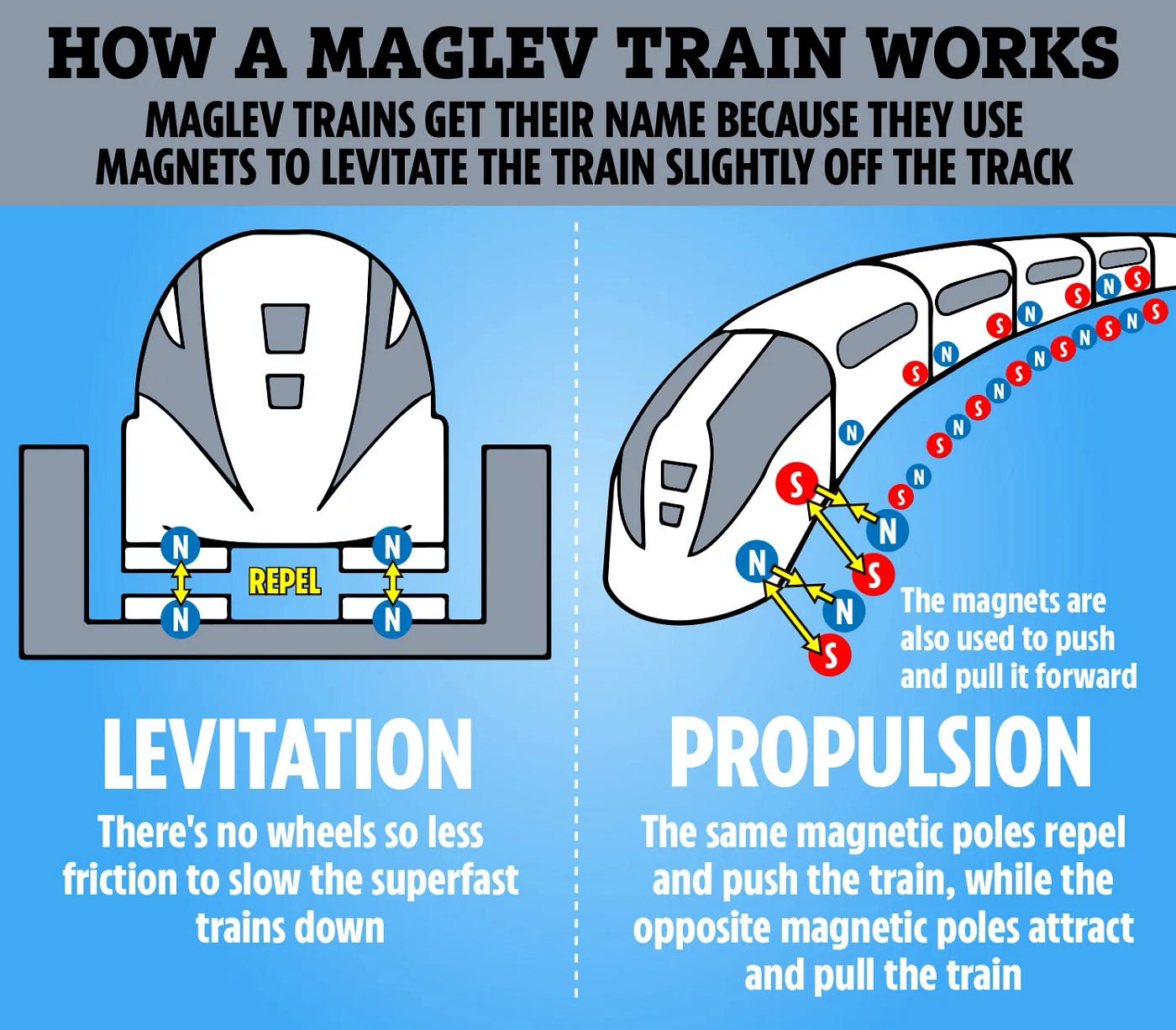
After the train started moving and its speed exceeded 150 kph, the noise of its rubber wheels suddenly disappeared. Only a low whiz was audible, and the train was afloat about 10 centimeters above the tracks.
Within a minute, the train speed topped 320 kph, the highest velocity of Shinkansen services in Japan. The test train accelerated to 500 kph within three minutes of the departure.
The train continued traveling at 500 kph for about two minutes before slowing down. It ran through the 42.8-km stretch in only about eight minutes.
About 25 years ago, a trial run of an MLX01 model along the same tracks felt like taking off on an airplane.
The latest test of the Series L0 showed significant improvements for both vibrations and noise. The Yamanashi test maglev line has steadily approached levels of existing Shinkansen services in terms of comfort.
JR Tokai has so far conducted a manned operation at 603 kph, and a test for having trains pass each other at a relative speed of 1,026 kph, along the test line.
The company is also developing technologies to detect equipment failures from vibrations on a running bogie. It also aims to improve the durability of superconducting magnets, which would enable more efficient maintenance when maglev services are opened for commercial operations.
“Our train cars have attained high enough levels to enter commercial services at any moment,” said Hiroshi Shigeta, deputy director-general of JR Tokai’s Chuo Shinkansen Promotion Division. “We will work to reduce costs and brush up the comfort even further.
- Previous Rogun Dam HPS is an clear and present danger for Central Asia: reservoir could cut water to delta by 25% or more, welbeing of up to 10 million people in Uzbekistan and Turkmenistan is in danger.
- Next Takaichi says Trump called her, after phone call to Xi, as dispute with China doesn’t go away over Taiwan







